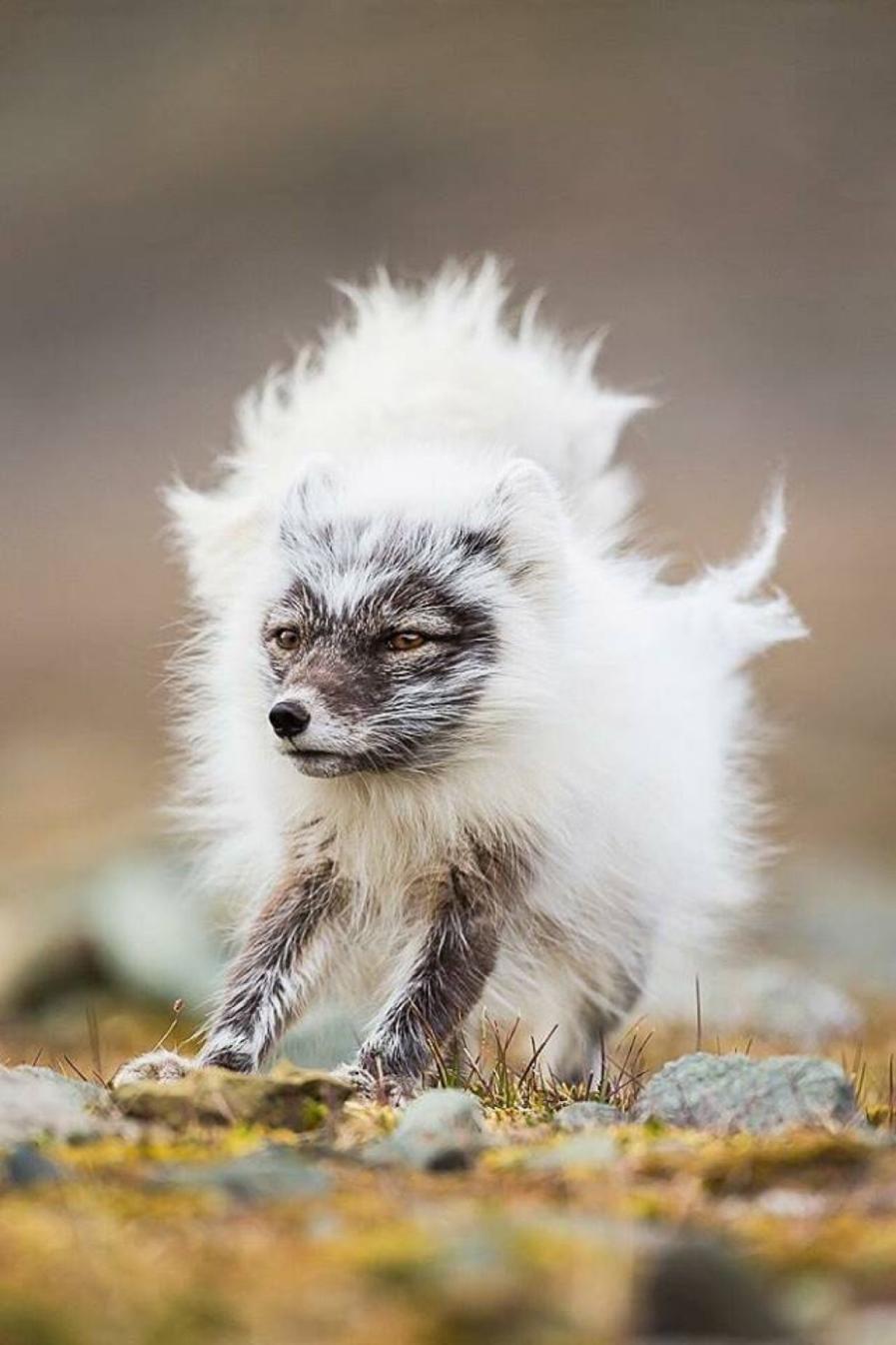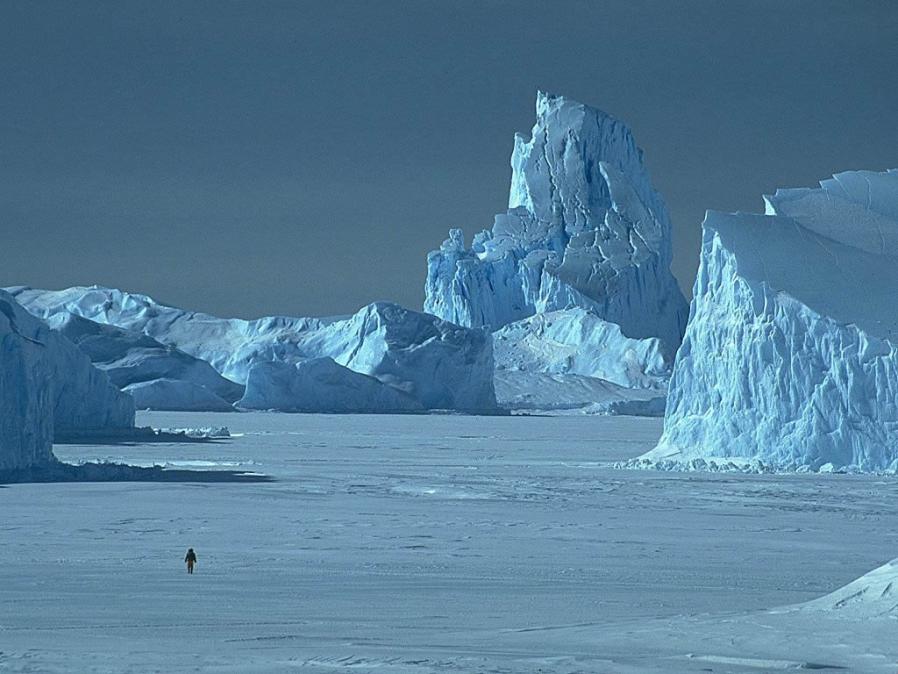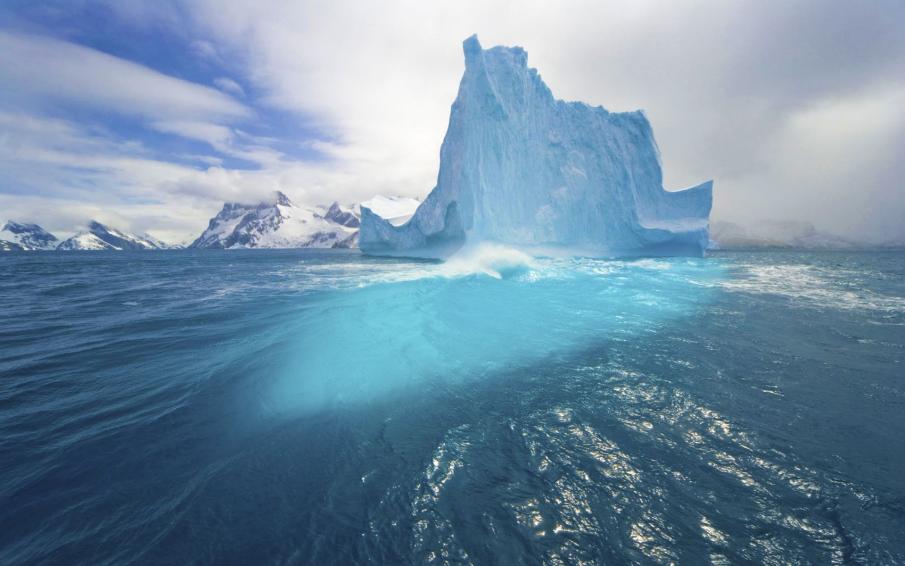How Do the Northern Lights Work, and What Causes Them?
The Northern Lights, also known as Aurora Borealis, are a captivating natural phenomenon that has fascinated and awed humanity for centuries. These celestial displays of light, often seen in high-latitude regions near the Arctic Circle, are a result of complex interactions between the Earth's magnetic field, solar wind, and atmospheric gases.

I. The Science Behind The Northern Lights
1. Solar Wind And Magnetosphere:
The Northern Lights are triggered by the solar wind, a stream of charged particles constantly emitted from the Sun. These particles, primarily electrons and protons, travel through space at high speeds and interact with Earth's magnetic field.
The magnetosphere, a region of Earth's magnetic field that extends far into space, acts as a shield, deflecting most of the solar wind particles. However, some particles manage to penetrate the magnetosphere and are guided towards the Earth's poles by the magnetic field lines.
2. Interaction Of Solar Wind And Earth's Magnetic Field:
As the charged particles from the solar wind approach Earth's magnetic poles, they encounter magnetic field lines that are oriented towards the poles. These particles spiral along the field lines, gaining energy as they move closer to Earth.

When the charged particles reach the Earth's atmosphere, they collide with atoms and molecules of atmospheric gases, primarily oxygen and nitrogen. These collisions excite the atoms and molecules, causing them to emit light of various colors, giving rise to the spectacular aurora displays.
3. Formation Of The Aurora:
The colors of the Northern Lights depend on the type of atmospheric gas that is excited. Oxygen atoms emit a greenish-yellow light, while nitrogen atoms produce red and purplish hues. Helium and hydrogen atoms, though less common, can also contribute to the aurora, emitting blue and violet colors.

The patterns and shapes of the aurora vary widely, from shimmering curtains and rays to arcs, bands, and even coronas and ovals. These variations are influenced by factors such as the strength of the solar wind, the orientation of the Earth's magnetic field, and the altitude at which the collisions occur.
II. Colors And Patterns Of The Northern Lights
1. Colors Of The Aurora:
- Green: Oxygen atoms
- Red: Nitrogen atoms
- Purple and Blue: Helium and Hydrogen atoms
2. Patterns And Shapes Of The Aurora:
- Curtains and Rays: Long, narrow bands of light that hang from the sky
- Arcs and Bands: Broad, horizontal bands of light that stretch across the sky
- Coronas and Ovals: Circular or oval-shaped displays of light that surround the magnetic pole
III. Factors Influencing The Northern Lights
1. Solar Activity:
The intensity and frequency of the Northern Lights are closely linked to solar activity. During periods of high solar activity, such as during solar storms, the solar wind is stronger and more intense, leading to more frequent and vibrant aurora displays.
The 11-year solar cycle, characterized by periodic increases and decreases in solar activity, also affects the aurora. During solar maximum, the peak of the cycle, aurora displays are more common and intense.
2. Geomagnetic Storms:
Geomagnetic storms, caused by sudden eruptions on the Sun, can also trigger intense aurora displays. These storms disrupt Earth's magnetic field, allowing more solar wind particles to penetrate and interact with the atmosphere, resulting in spectacular aurora shows.
IV. Observing The Northern Lights
1. Best Locations For Viewing:
The Northern Lights are best visible in high-latitude regions near the Arctic Circle, where the magnetic field lines are strongest. Some countries and regions known for aurora viewing include:
- Alaska, USA
- Northern Canada
- Greenland
- Iceland
- Norway
- Sweden
- Finland
2. Optimal Viewing Conditions:
- Clear skies: Aurora displays are best seen under clear and cloudless conditions.
- Minimal light pollution:远离城市灯光,以获得最佳的观看体验。
- Dark and cold nights: The darker and colder the night, the better the aurora visibility.
- Aurora forecasting tools: Apps and websites provide aurora forecasts and real-time updates on aurora activity.
V. Cultural Significance And Folklore
1. Historical And Cultural Beliefs:
The Northern Lights have held cultural and spiritual significance for centuries. In many cultures, they were seen as a sign of good or bad fortune, a warning from the gods, or a manifestation of supernatural forces.
In Norse mythology, the aurora was believed to be the bridge between the worlds of the living and the dead, while the Inuit people of the Arctic saw the aurora as the spirits of their ancestors dancing in the sky.
2. Modern-Day Cultural Impact:
Today, the Northern Lights continue to captivate and inspire people worldwide. Aurora tourism is a popular activity, with many travelers flocking to high-latitude regions to witness this natural wonder.
The aurora has also found its way into art, literature, and music. Artists have used the aurora as a muse for paintings, sculptures, and photographs, while writers and musicians have incorporated the aurora into their works, capturing its beauty and mystery.
VI. Conclusion
The Northern Lights are a mesmerizing natural phenomenon that showcases the intricate interplay between the Sun, Earth's magnetic field, and atmospheric gases. These celestial displays of light, with their vibrant colors and ever-changing patterns, continue to inspire awe and wonder in all who witness them.
As we continue to explore and understand the science behind the Northern Lights, we can appreciate their beauty and marvel at the wonders of our universe.
YesNo

Leave a Reply